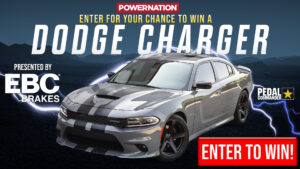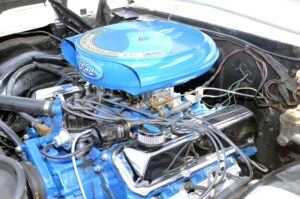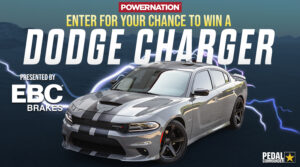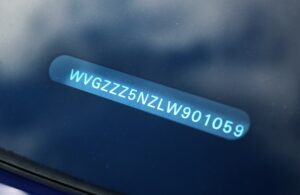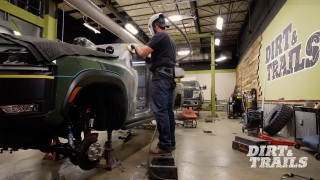How Brake Calipers Are Made
From OEM replacement parts to high-tech racing applications, EBC Brakes is a leader in the automotive aftermarket. Here in PowerNation we’ve used their rotors and pads for several projects with outstanding performance. Now though, EBC is manufacturing brake calipers as well.
The calipers are handmade in Kettering, England form aluminum ingots. Once the metal is melted in the furnace in undergoes the low-pressure casting process. The low-pressure technique produces a very homogenous, strong caliper with fewer impurities in the aluminum. After the calipers are machined, anodized, and coated final assembly begins.
The crossover pipe is attached and torqued to spec. Next, the bleed nipple is installed and torqued. The pistons are lubed and placed into the assembly followed by the abutment plates. The bolt collar and tension bolts are next.
Now that the caliper is assembled, it’s pressure tested up to 1,700 psi to make sure it can handle the pressure of stopping a vehicle. The pressure test ensures no leaks or structural integrity issues. Every single caliper receives this quality assurance process.
EBC Brakes is on the leading edge of rotor technology as well! Their racing division’s high-performance floating rotor was designed in-house by EBC. Once the appropriate vehicle is brought to the facility, computer-aided design is used to create a strong, high-performance product built to exact specifications.
Manufacturing starts with a lightweight piece of aluminum billet. It’s machined to spec, creating the center hub. Once it’s anodized, the hub is laser-etched with markings for identification, specifications, and quality control. The outer is made from a high carbon cast iron alloy which receives slots from the CNC machine. The outer can expand and contract freely on the center hub. Under intense braking heat of around 1,200º F, the outer ring can expand by 1.6mm. By mating the center hub and the outer ring with stainless steel bobbins, the outer can expand and contract without causing vibration or heat extortion.
The system allows for 3mm total of movement by the outside ring. When the outer ring is worn, it can be replaced individually letting you keep the center hub and save some money.
It will be sold as a new bolt-on kit with the 2-piece race rotors, calipers, hoses, and stainless steel pads.
